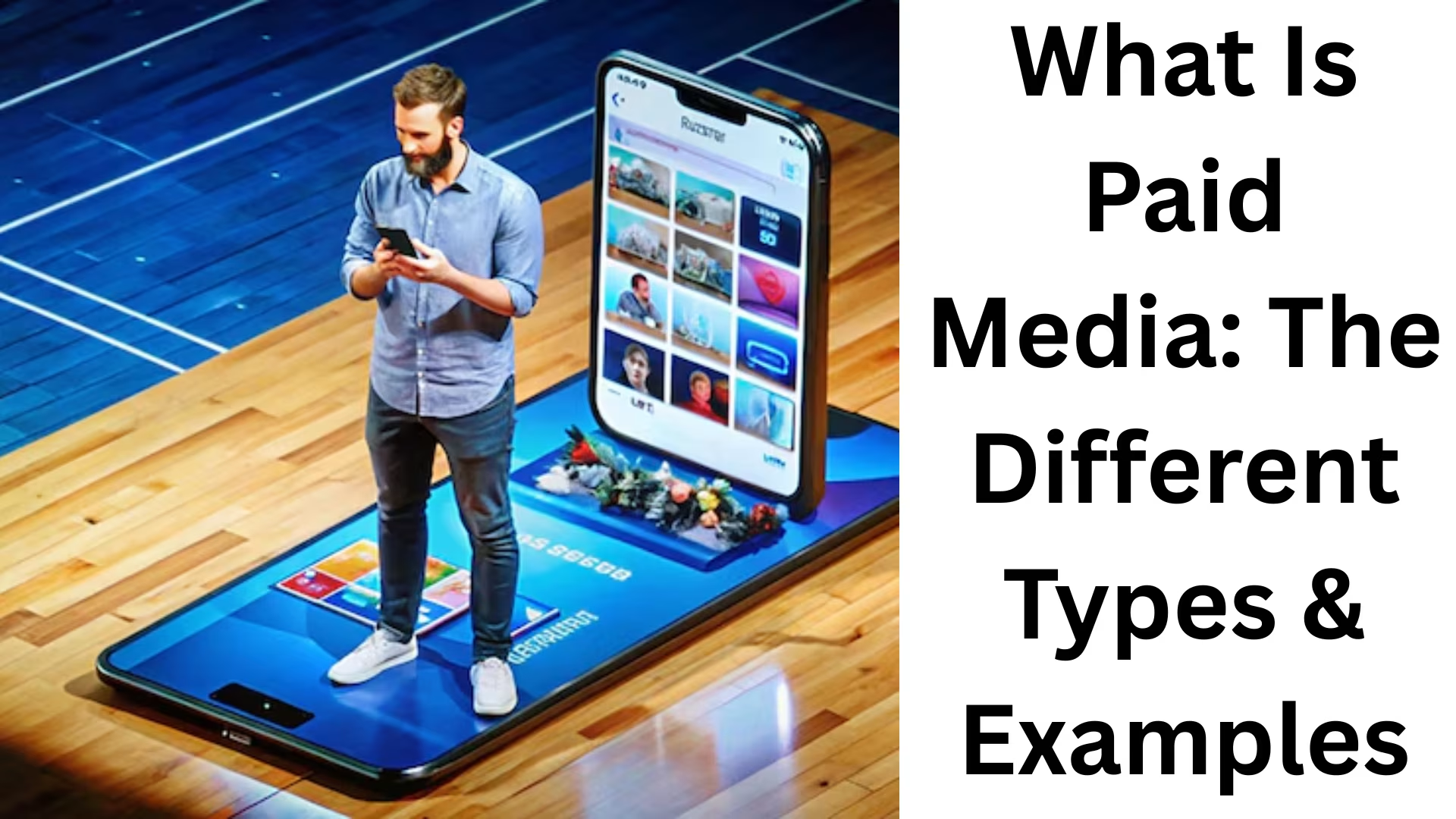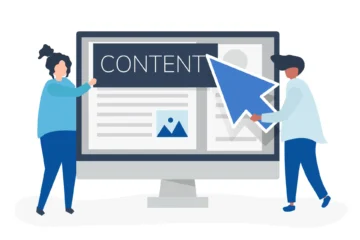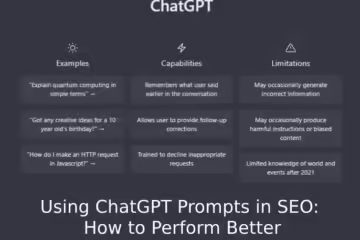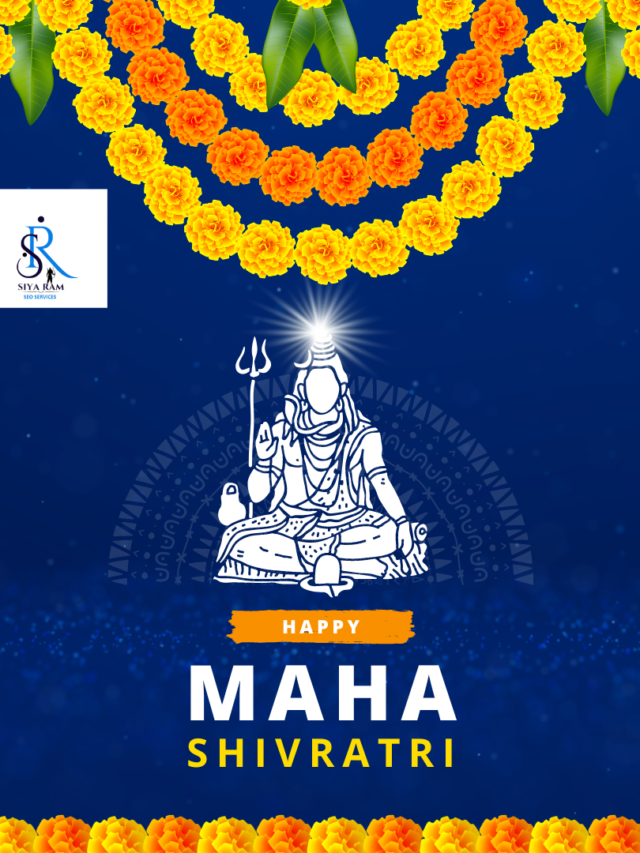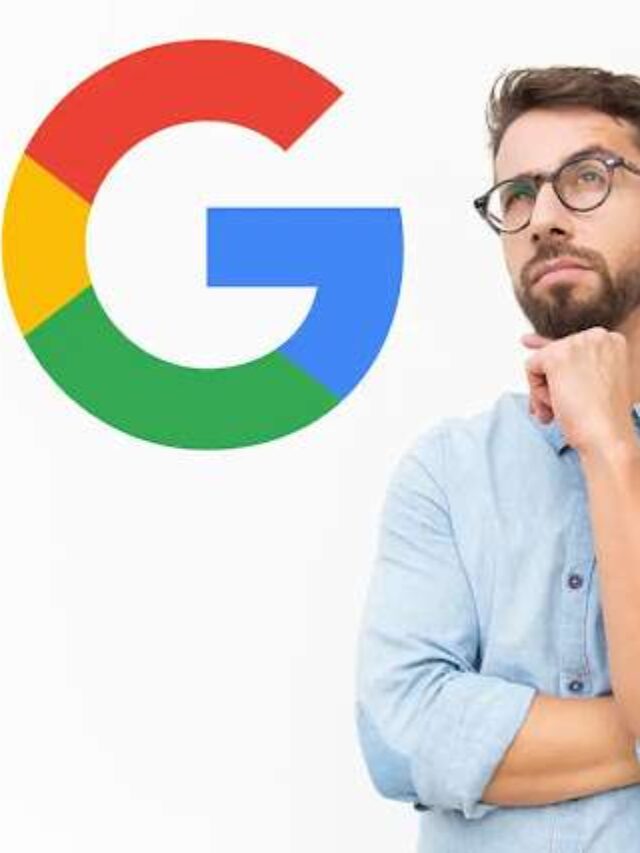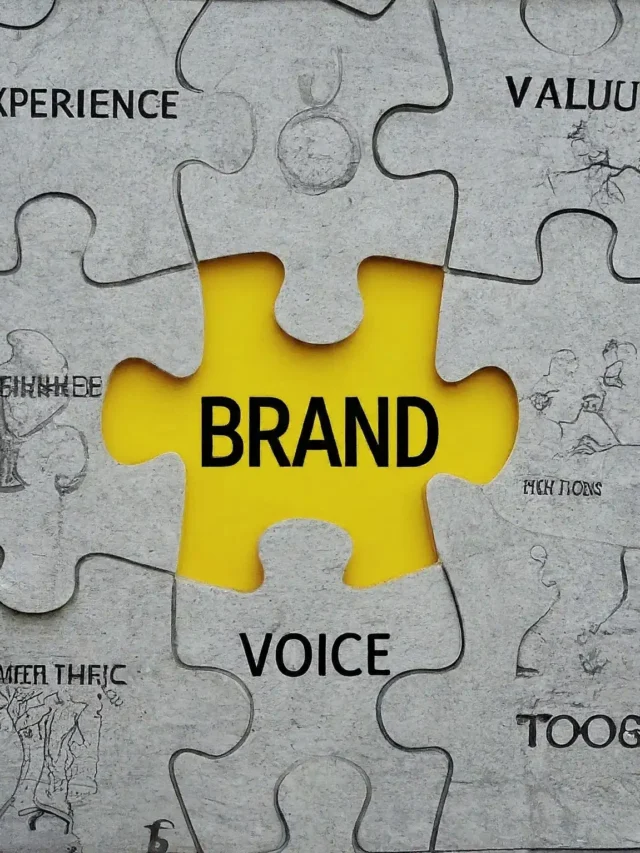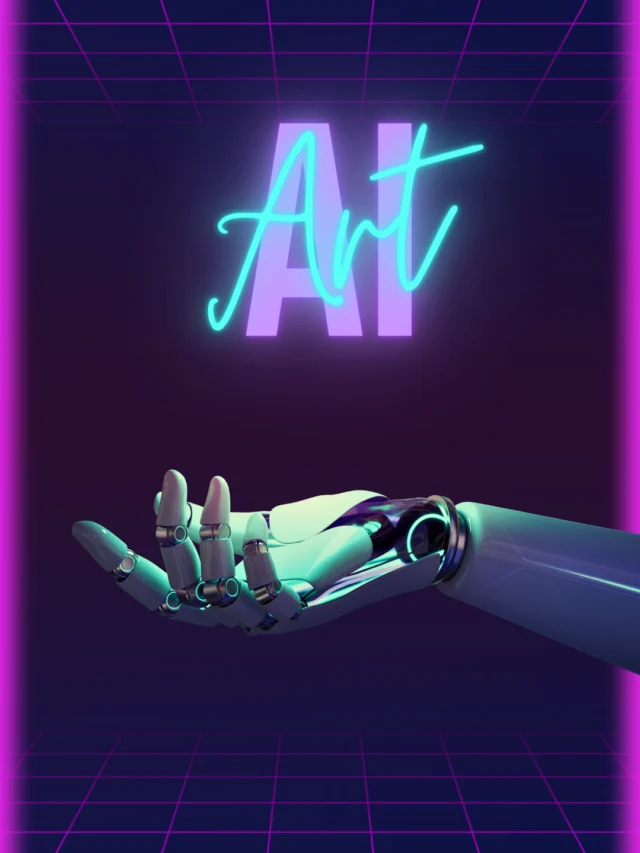In the world of digital marketing, paid media is an extremely important strategy that brands use to grow their online presence, reach targeted audiences, and get faster results. This article will explain in detail the different types of paid media, their examples, and their strategic role.
What is Paid Media?
Paid media is the way in which companies run ads by spending money to increase their brand awareness, traffic, and conversions. It shows ads through a third-party platform or publisher to reach a large audience.
It is one of the three major pillars of digital marketing (Earned, Owned, and Paid Media), and is used especially when a brand wants fast results.
Key benefits of paid media
- Quick reach to the target audience
- Fast results and ROI (Return on Investment)
- Increased brand awareness
- Facility of remarketing
- Data-based decisions and analytics
Different types of paid media
1. Search Engine Advertising (SEA)
It appears on platforms like Google Ads and Bing Ads. It is also called pay-per-click (PPC) because in this the fee is charged only when the user clicks on the ad.
Example:
Ads that appear on top when searching for “Best Shoes for Men” on Google.
Shopping ads for ecommerce products.
2. Social Media Advertising
In today’s era, paid ads are extremely effective on platforms like Facebook, Instagram, LinkedIn, Twitter, and YouTube. They are targeted based on the behavior of the users, location, gender, age, etc.
Example:
Brand promotions appearing in Instagram Stories.
Carousel Ads and Sponsored Posts on Facebook.
3. Display Advertising
These include advertisements in the form of banners, images, animations, or videos that appear on a website, app, or video platform. These are special for brand awareness.
Example:
Banners appear on the side or in the middle of the content on news websites.
Video ads appear in the middle of YouTube videos.
4. Video Advertising
With the increasing popularity of video content, video ads are proving to be very profitable for brands. They are used on YouTube, Facebook, Instagram Reels, and OTT platforms.
Example:
YouTube pre-roll ads that appear before the video starts.
Mid-roll ads on OTT platforms.
5. Remarketing Ads
When a user visits your website but does not convert, these ads repeatedly remind him to come back and buy your service or product.
Example:
You saw shoes on an ecommerce site and later the same shoes started appearing again on Facebook or Google.
6. Influencer Paid Promotions
In recent years, brands have paid influencers to promote their products on platforms like Instagram, YouTube, and Twitter.
Example:
A food vlogger is promoting a new restaurant while reviewing it.
A beauty influencer is giving a paid review of a skincare brand.
Get a Free Website Audit. Contact us Now
7. Native Advertising
These ads are inserted so subtly into the content that it does not feel like an ad to the user. They are common on news websites, blogs, and content platforms.
Example:
Articles with the “Sponsored by” or “Promoted” tag.
Branded content in the “Recommended for You” section on a news website.
Paid Media vs Organic Media
| Parameters | Paid Media | Organic Media |
| ———— | —————— | ———————— |
| Cost | High | Minimal |
| Results | Quick | Slow but permanent |
| Control | Full control | Limited control |
| Visibility | Certain | Unpredictable |
| Example | Google Ads, FB Ads | SEO, Social Posts, Blogs |
How to create a paid media strategy?
1. Set Clear Objectives
Brand awareness, traffic, lead generation, or sales – your objective should be clear.
2. Choose the Right Platform
Choose the right platform based on your target audience.
3. Budget & Bidding
Decide in advance how much to spend and what type of bidding (CPC, CPM, CPA) strategy to use.
4. Engaging Ad Creative Assets
Images, videos, text – design them all to align with the brand tone.
5. Tracking & Analytics
Measure results with tools like Google Analytics and Facebook Pixel.
Major Paid Media Platforms in India
Google Ads
Meta Ads (Facebook + Instagram)
LinkedIn Ads (for B2B)
YouTube Ads
Amazon Sponsored Ads (for E-commerce)
Taboola / Outbrain (Native Ads)
The Future of Paid Media
Paid media is also becoming cutting-edge with the rise of AI and machine learning-based targeting, voice and visual search, and video-based short-form content. Smart automation, real-time bidding, and more personalized experiences are becoming part of the future.
Want to grow your website organically? Contact us now
Original Post: searchenginejournal
Frequently Asked Questions (FAQ) – About Paid Media
Q. 1: What is paid media?
Answer: Paid media is a marketing strategy in which companies pay third-party platforms such as Google, Facebook, YouTube, etc. to display their ads to increase traffic, brand awareness, or sales.
Q. 2: What is the difference between paid media and organic media?
Answer:
Paid media: Advertisements are paid for and give instant results.
Organic media: Traffic comes through content, SEO, and social posts, but takes more time.
Q. 3: Is paid media beneficial for small businesses?
Answer: Yes, if budgeted and targeted properly, paid media helps small businesses grow faster and reach new customers.
Q. 4: What are the types of paid media?
Answer:
1. Search Engine Advertising (Google Ads)
2. Social Media Advertising (Facebook, Instagram)
3. Display Advertising
4. Video Advertising
5. Retargeting Advertising
6. Influencer Marketing
7. Native Advertising
Q. 5: How to decide the right budget for paid media?
Answer: Decide the budget based on your goals, target audience, industry, and competition. Start with a small budget and adjust it according to the results.
Q. 6: Can ROI be measured in paid media?
Answer: Yes, with the help of Google Analytics, Facebook Pixel, and other tracking tools, you can accurately measure the ROI (Return on Investment) of your ads.
Q. 7: How can traffic be increased from paid media?
Answer:
Create attractive ad creatives
Perform accurate targeting
Create mobile-friendly landing pages
Optimize ads with A/B testing
Monitor performance regularly
Q. 8: What metrics are important to measure the success of paid media?
Answer:
- CTR (Click Through Rate)
- CPC (Cost Per Click)
- CPM (Cost Per Thousand Impressions)
- CPA (Cost Per Acquisition)
- ROAS (Return on Ad Spend)
- Conversion Rate

